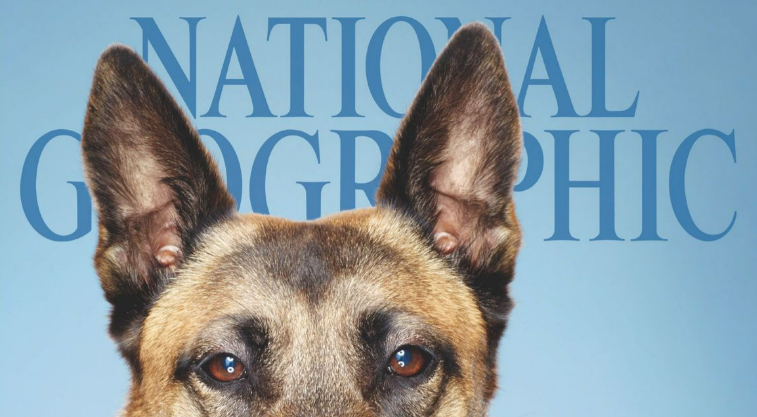| By Jessica Crawley, Gale Ambassador at Lancaster University |
National Geographic is not only a non-profit organization, but also a media company that has taken the printing world by storm. Readers have been using the National Geographic Magazine to scratch that adventurous itch since the magazine’s first publication in 1888, quite literally placing a gateway to the non-human world at the fingertips of human hands. The magazine has sold millions of copies in 40 different languages to date, pairing fascinating visuals with a layman-friendly tone, making it the perfect companion for any reader with an interest in science, wildlife, and exploration.



